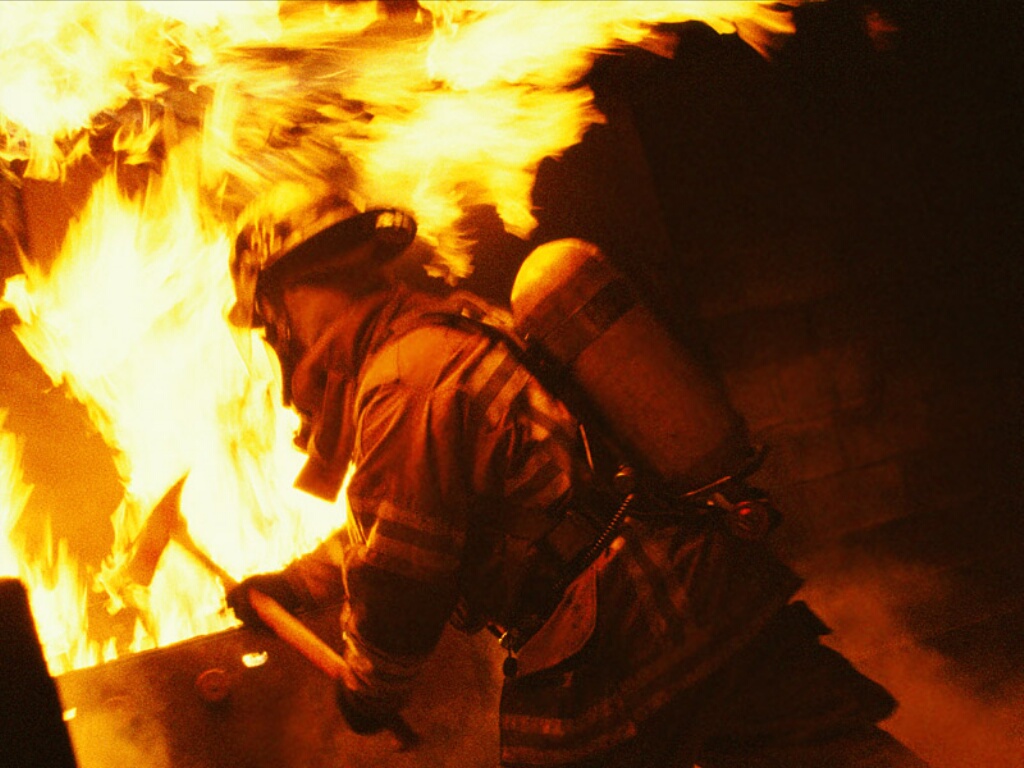All fires are dangerous no matter how small or large they are. However, there are three phenomena that can occur during a structure fire that even firefighters are trained to prevent and avoid at all costs. If any of these were to occur when someone is in a burning building, their chances of being severely-burned or killed increases exponentially.
Rollover
A rollover occurs as intense heat and smoke rises from a fire, but it contains particles or vapors that haven’t combusted yet. At some point they ignite and create a fast-spreading wall of flame that moves across the ceiling and quickly envelops the entire room. Rollovers have a distinctive turbulent, rolling appearance, hence the name, and it can look like the smoke is actually going up in flames as well. What makes this so dangerous, aside from moving quickly, is the intense heat that is generated as well as oxygen being removed from the room to feed the fire.
Flashover
A rollover can lead to a flashover, but they also occur spontaneously under different conditions as well. At some point in a fire, temperatures in the room will reach a level where items will appear to spontaneously combust. This will vary depending on the conditions at the time, but it doesn’t take more than a couple of minutes for a small fire to erupt into a monster that will engulf everything in the room, including the floor.
Fortunately, most fires will give off some warnings before a flashover occurs. The first thing to be on the lookout for is black, billowing smoke the rises to the ceiling or escapes from windows or doors. The smoke will quickly fill the room and start to descend to within a few feet above the floor. At the same time, furniture and paint can start to smolder and melt, and the gases that escape during this process will feed the flashover once it occurs. Temperatures inside can reach up to 1200 degrees during a flashover, and this is hot enough to kill firefighters who are wearing all of their protective gear.
Backdraft
Fires that burn in enclosed areas are often starved of oxygen while flammable gases build up because they can’t be consumed or escape. When oxygen is suddenly introduced into the enclosure, the fire literally takes a deep breath and exhales a fast-moving blast of flame and hot gases that can travel upwards of 50 feet. Almost anything in its immediate path becomes engulfed and charred. This is why it’s so important to avoid kicking in doors or breaking through windows in order to enter rooms that are smoldering. In fact, it’s generally safer for victims trapped inside to wait until the room can be properly-vented before rescues take place.
Unfortunately, there is little warning time before a backdraft occurs, however there are a couple of things that tend to happen in rapid succession. The fire and smoke may appear to retreat as it sucks up the new supply of oxygen, and doors may bulge and be hot to the touch. If you are in a position where you are seeing this happen, the best thing to do is get away from the door or window as quickly as possible in order to avoid being smacked by the blast that can soon follow.
Hopefully you won’t be in a structure that is on fire to begin with. However, if you are in the process of trying to escape or helping someone else, make sure that you don’t get backed into a corner where these conditions are likely to occur. Remember that things can devolve in a matter of seconds, and never assume that a fire is relatively-safe or stable. Get low, get out, or get in a room that is not burning and close the door. While your options may be limited, these steps can help you to avoid being roasted alive as you wait for help.
